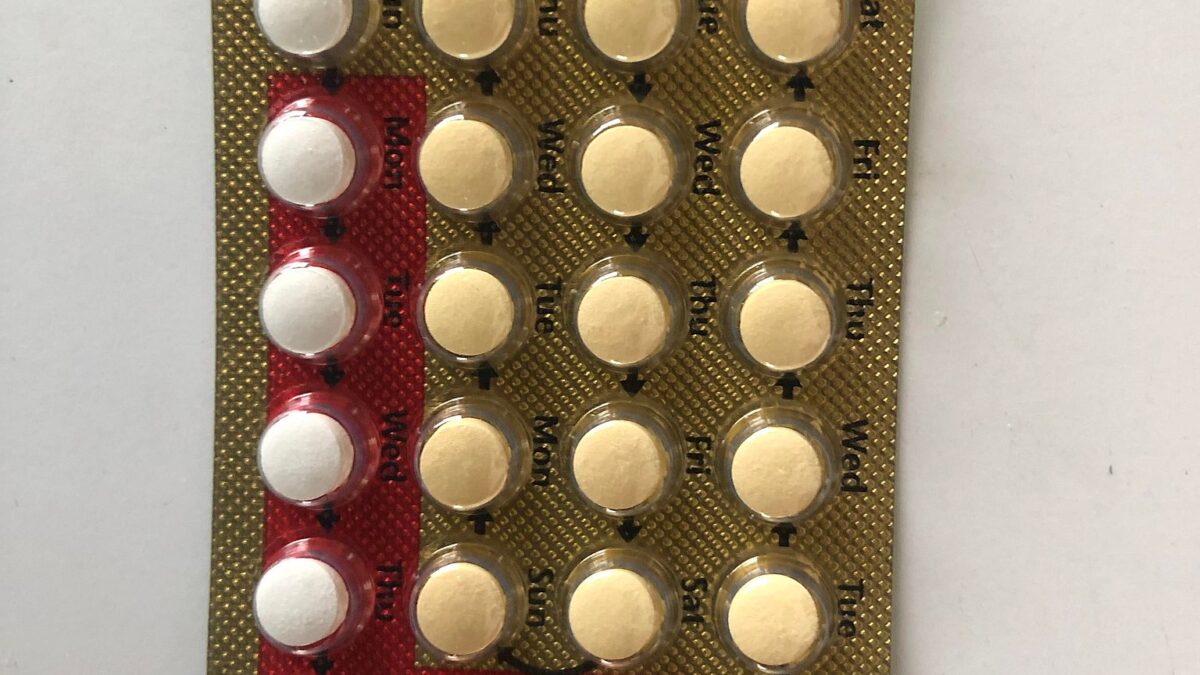
Bethany Mandel recently wrote an article at Ricochet, “What Does It Mean to Be a Woman?“ in which she responded to a tweet by a transgender person, @LifeofBria, who claimed that, just like all other women, he gets “periods”:
https://twitter.com/LifeofBria/status/1016753976211996672
Bria followed up with further tweets, claiming
I love that transphobes think we are making this up. You wanna know why I'm writing this tweet thread? Bc I've been laid up in bed all day with awful cramps that happen around the 10th of every month accompanied by emotional moodiness/fatigue/hunger. But I guess it's just fake.
— karatemommy (@LifeofBria) July 11, 2018
and that
Yes, we are aware we have no uterus/ovaries. Yes, we know we can't get pregnant. But we DO experience these shared, regular symptoms as a result of of our hormonal cycles. How does that take away from you? How does that not give us increased commonality?
— karatemommy (@LifeofBria) July 11, 2018
But here’s the thing: a period is the flow of menstrual blood approximately two weeks after ovulation. If you don’t ovulate, you don’t have a period. Strictly speaking, even women who are on the pill and don’t ovulate don’t have “periods” even if, due to the pattern of their pills, they bleed on a four-week cycle. Instead, they experience breakthrough bleeding.
Now, in fairness to Bria, it is documented that transwomen experience certain cyclical symptoms. Here’s Sam Riedel writing at Medium:
Ashley’s a 23-year-old trans girl who’s been on hormone replacement therapy (HRT) [sic] for over a year. She takes a cocktail of the antiandrogen spironolactone and estradiol, a form of estrogen. About five months into her treatment, she began experiencing a predictable pattern of symptoms: First would come the soreness and swelling in her chest along with bouts of nausea; the next day, she’d endure painful abdominal cramping lasting minutes at a time, as well as constant nausea, hot flashes, dizziness, photosensitive migraines, and bloating. This cycle, she says, lasts for about six to seven days and repeats roughly every five weeks. . . .
Intrigued by Ashley’s disclosure, I put out a call online for trans women to get in touch with me if they had experienced regular symptoms like hers since they began HRT. It turns out, Ashley’s not alone in her experiences . . .
The respondents to my question varied in age, length of time on HRT, dosage level, and administration method — while some trans people take their hormones in pill form, others choose to use patches or intramuscular injections — but they all reported similar results. Most seconded Ashley’s accounts of pain and nausea, and added that they experienced intense mood swings.
Mood swings and cramps do not constitute a “period” except in the loosest sense of the term. Although many women do experience cramps, bloating, moodiness, and the like at or just prior to the onset of menstruation, it is not the defining characteristic, and, in fact, only a minority of women experience debilitating cramps in the first place, with the teenage years being the worst and cramps diminishing after becoming a mother. Women who experience debilitating symptoms are advised to see a doctor, as these can be signs of a medical disorder such as endometriosis.
Instead, what these individuals are experiencing is not a period, but cyclical side-effects of their hormone injections, as described at the websites of transgender clinics such as that of the University of California at San Francisco.
Side effects of estrogens may include migraines, mood swings, hot flashes, and weight gain. . . . a monthly combined injectible [estrogen] . . . [may produce] cyclic symptoms such as migraines or mood swings.
Of course, to use the term “side effect” sounds unnatural, and the term “period” sounds more natural and increases transgender men’s identification with women. But it is not natural any more than any of the other steps taken to appear as the opposite sex, and their experiences of these side effects do not “confirm” their womanhood but serve as a reminder that it is artificial.
I am somewhat agnostic on the question of whether, for some men and women, their identification with the opposite sex is so strong that the only way their severe mental distress can be remedied is with hormone regimens and surgeries that give them the appearance of having changed sex, along with a change of sex in terms of legal records.
I am far more skeptical of the idea that the prevalence of people with such a disorder is anything like the rates at which we see such claims being made, or that it is appropriate to provide hormonal and surgical interventions to individuals who identify as gender non-binary, agender, or the like. In any case, we should not imagine that there is anything “natural” about such actions.









